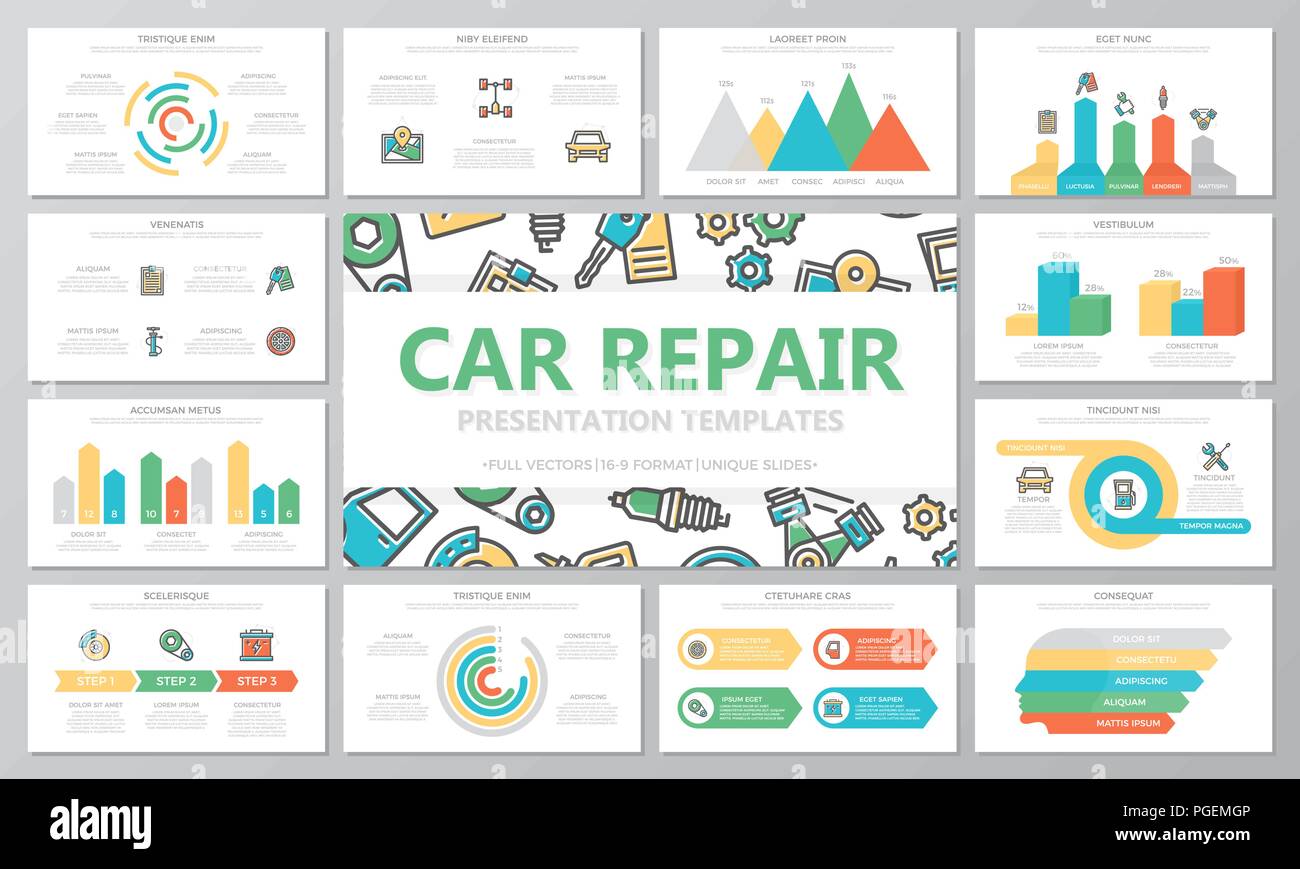A Newbie'S Handbook For Interpreting Your Automobile'S Alert Lights
A Newbie'S Handbook For Interpreting Your Automobile'S Alert Lights
Blog Article
Write-Up By-Almeida Isaksen
When you lag the wheel, those little caution lights on your cars and truck's dashboard can be quite puzzling. What do they mean, and should you be concerned? Understanding these signals is essential for your vehicle's well-being, however it doesn't have to be a challenging job. By decoding the mystery behind each light, you'll be outfitted to take care of possible issues properly and maintain your auto running smoothly. So, next time a warning light flashes, don't panic - arm yourself with understanding and take control of the scenario.
Significance of Cars And Truck Caution Lights
Recognizing the relevance of your cars and truck's warning lights is vital for preserving your car's health and safety. These lights work as your vehicle's communication system, informing you to potential problems that might endanger your safety and security when traveling or bring about costly repair work if overlooked. By taking notice of these cautions, you can attend to issues early and avoid additional damages to your automobile.
Disregarding advising lights can result in serious effects, such as engine failure, brake breakdowns, and even crashes. These lights are designed to inform you of concerns ranging from reduced tire pressure to engine breakdowns, providing you the opportunity to take action prior to the situation worsens. Consistently checking and comprehending these cautions can save you time, money, and guarantee your security while driving.
In addition to keeping you safe, responding immediately to warning lights can also aid lengthen the life expectancy of your cars and truck. By addressing concerns at an early stage, you can avoid little problems from intensifying into significant repair services, eventually conserving you money and time in the future. Bear in mind, your automobile's warning lights are there for a factor - do not neglect them!
Common Caution Lighting and Meanings
When it concerns driving your automobile, understanding common warning lights and their definitions is necessary for your security and lorry upkeep. Below are a couple of typical caution lights you may run into:
1. ** Examine Engine Light **: This light suggests a concern with your engine. It could be something minor like a loose gas cap or something a lot more major like engine misfiring.
2. ** Battery Light **: This light signals a problem with your auto's charging system. It might indicate a damaged battery, generator, or other relevant components.
3. ** Oil Stress Light **: When this light begins, it indicates your engine might be running low on oil or experiencing low oil stress, which can cause engine damage otherwise resolved immediately.
4. ** Brake System Light **: This light suggests a problem with your braking system. It can mean low brake fluid levels or a problem with the brake system that requires immediate focus.
Understanding these usual warning lights will certainly help you determine potential problems early and avoid more considerable troubles in the future.
Exactly how to React To Warning Lighting
In the event that a caution light brightens on your car's control panel, it's crucial to respond quickly and suitably. When a warning light begins, the initial step is to consult your proprietor's guidebook to recognize the certain concern suggested by the light.
Some lights need instant focus, while others may show a much less immediate issue. If the warning light is red or flashing, it's generally a sign of a major trouble that needs immediate activity. In such cases, it's recommended to pull over safely, switch off the engine, and look for professional help.
For air brake repair or orange warning lights, while they may not require immediate interest, it's still crucial to attend to the hidden problem without delay to avoid further damages. Normal maintenance and evaluation can assist stop cautioning lights from beginning unexpectedly.
Final thought
To conclude, recognizing your vehicle's caution lights is important for keeping your car's health and wellness. By on please click the up coming article examining and responding to these cautions, you can address possible problems early and prevent expensive repair work or safety dangers. Keep in mind to consult your owner's handbook for details on different caution lights and always take prompt action for red or flashing lights. Stay aggressive and keep your car running smoothly!
